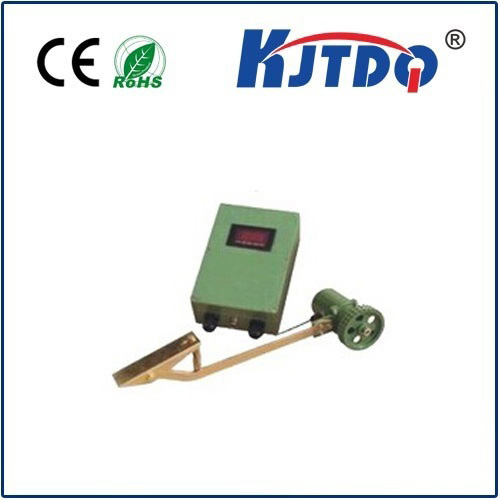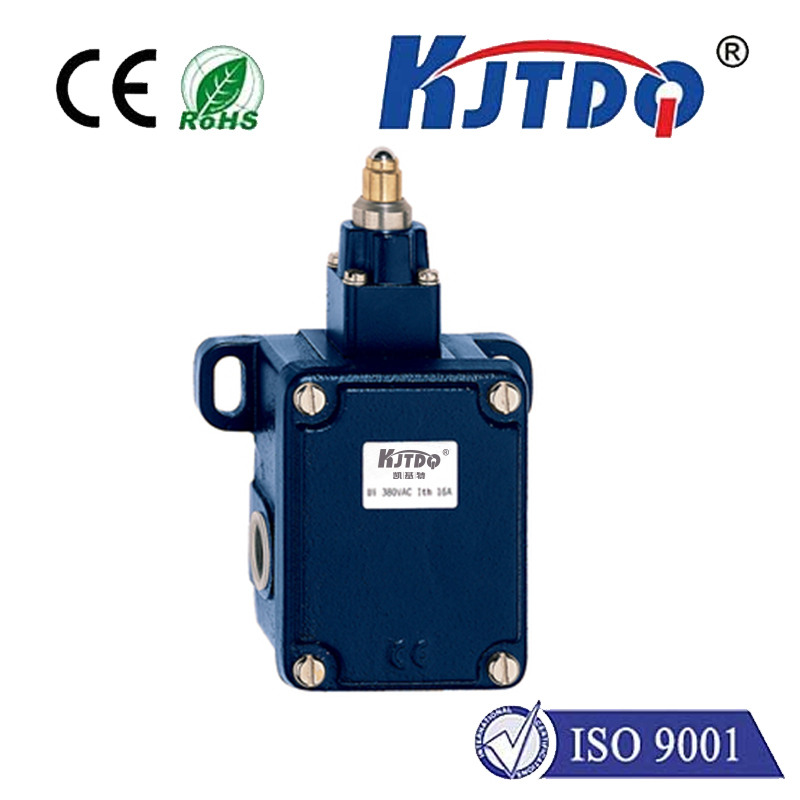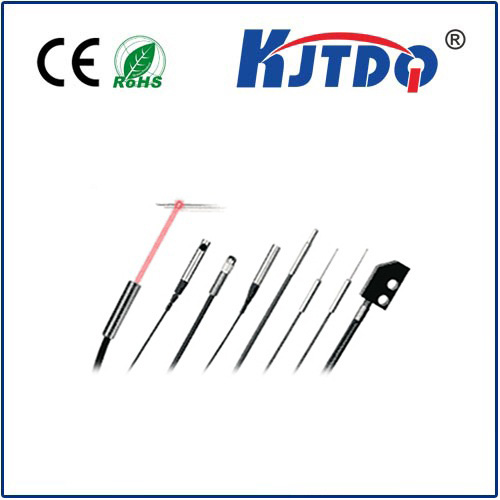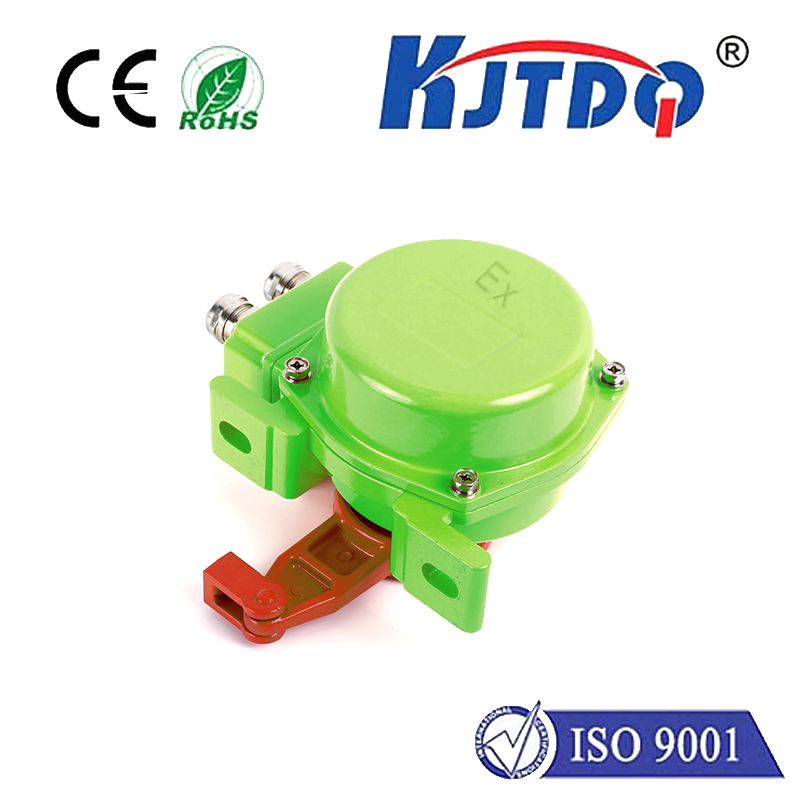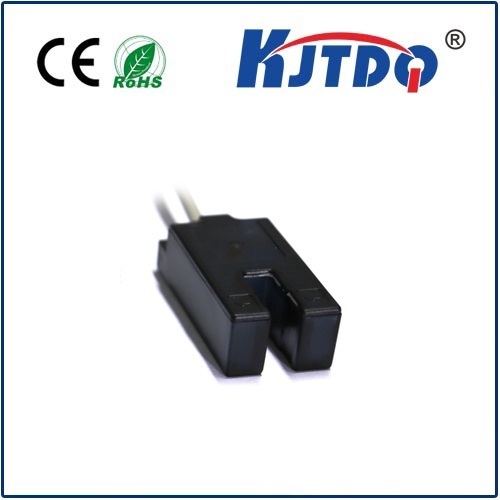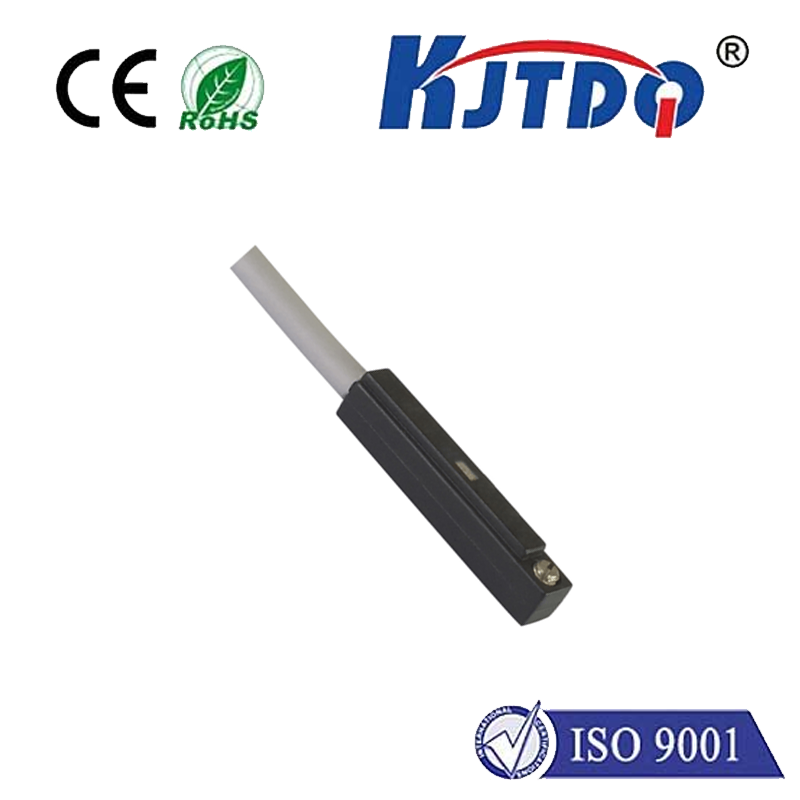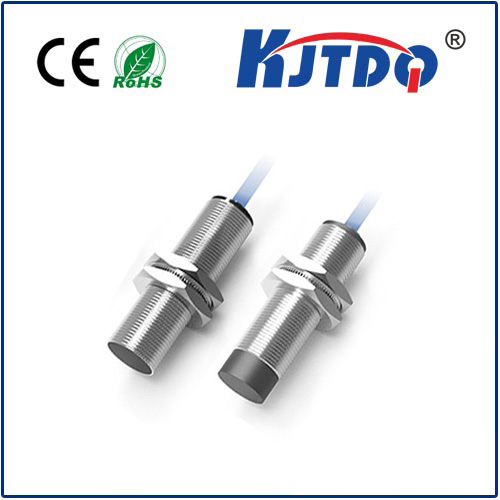usb laser distance sensor
- time:2025-08-27 13:06:46
- Click:0
Unlock Precision & Convenience: The USB Laser Distance Sensor Revolution
Forget bulky tape measures clattering to the floor or complex setups requiring specialized equipment. In the realm of precise distance measurement, a quiet revolution is underway, driven by tools designed for modern efficiency: the USB laser distance sensor. These compact, powerful devices are transforming how professionals and hobbyists alike capture spatial data, offering unprecedented ease of use and seamless integration. Whether you’re mapping a room, aligning machinery, or conducting intricate inspections, the simplicity of plugging a sensor directly into your computer or laptop via USB is redefining speed and accuracy.
Moving Beyond Guesswork: What is a USB Laser Distance Sensor?
At its core, a USB laser distance sensor operates on the time-of-flight or phase-shift principle. It emits a focused beam of laser light towards a target. The sensor then precisely measures the time it takes for that light beam to travel to the target and reflect back. Using the known speed of light, it calculates the distance with remarkable accuracy, often down to millimeters. The key differentiator? It packages this sophisticated technology into a unit that draws power and transmits data directly through a universal USB port. This eliminates the need for external power supplies, dedicated display units (though some have basic ones), or complex communication interfaces – it’s truly plug-and-play technology.
Why the USB Advantage is a Game-Changer:

The integration of USB technology with laser distance measurement isn’t just a minor convenience; it’s a fundamental shift offering concrete benefits:
- Effortless Setup & Integration: No drivers are typically needed beyond basic operating system recognition. Plug the sensor into your computer’s USB port, launch compatible software (often provided or readily available), and start measuring instantly. This drastically reduces setup time compared to traditional sensors requiring specialized controllers.
- Direct Data Stream: Measurements are sent directly and instantly to your computer. This enables real-time visualization, logging, and immediate processing within spreadsheets, CAD software, custom applications, or measurement software. Eliminating manual transcription saves time and dramatically reduces the risk of human error.
- Device Power Simplified: Powered entirely via the USB port, these sensors remove the hassle and expense of batteries or separate power adapters. Laptops become the perfect portable measurement stations.
- Enhanced Portability: Combine the inherently compact design of a laser distance sensor with the elimination of extra boxes/power bricks, and you get a solution incredibly easy to transport and deploy anywhere your laptop can go. This makes them ideal for fieldwork, site surveys, and mobile applications.
- Cost-Effectiveness: By leveraging the ubiquitous USB interface and utilizing the processing power and display of existing computers, manufacturers can often offer these sensors at a more accessible price point than fully integrated, standalone laser measurement devices. Bundle value is significantly higher.
Where Precision Meets Plug-and-Play: Key Applications
The versatility of USB laser distance sensors makes them indispensable across numerous fields:
- Industrial Automation & Quality Control: Precise positioning of parts on assembly lines, verifying machine alignments, robotic guidance, and conducting high-accuracy dimensional checks directly feeding data into control systems.
- Construction & Architecture: Rapid site surveys (room dimensions, ceiling heights), verifying as-built dimensions against plans, checking levelness and squareness, and facilitating layout tasks – all with data flowing directly into CAD or modeling software.
- Research & Development: Instrumentation for experiments requiring precise distance tracking, prototyping feedback loops, and creating custom measurement rigs where direct computer interfacing is essential.
- Robotics & Drones: Providing compact distance measurement capabilities for navigation, object avoidance, and terrain mapping on platforms where size and weight are critical, and direct data integration is paramount.
- DIY & Home Improvement: Enthusiasts benefit from professional-grade accuracy for complex projects like custom cabinetry, deck building, or renovation planning, with measurements instantly recorded on their laptop.
Selecting the Right USB Laser Distance Sensor: Key Considerations
Not all USB laser distance sensors are created equal. When choosing, focus on these critical specifications:
- Measuring Range: Determine the minimum and maximum distances you need to cover. Ranges vary significantly, from centimeters up to tens or even hundreds of meters.
- Accuracy: This is paramount. Look for the stated accuracy (e.g., ±1.5mm or ±0.05% of distance). Higher precision is crucial for demanding applications.
- Measurement Speed: How quickly does it take a reading? Faster speeds are vital for dynamic applications or rapid data collection.
- Laser Class & Safety: Typically Class 2 lasers (eye-safe for brief accidental exposure), but always confirm and follow safety guidelines. Never point any laser directly at eyes.
- Interface & Software Compatibility: Ensure it uses a standard USB port (USB-A, USB-C) compatible with your devices. Verify driver requirements and the quality/compatibility of the included or required software/drivers. API availability is a huge plus for custom integrations.
- Environmental Robustness: Consider factors like IP rating (dust/water resistance) and operating temperature range if used in harsh industrial settings or outdoors.
- Form Factor & Mounting: Size, weight, and available mounting options (threads, brackets) matter depending on your application – handheld, fixed installation, or robot-mounted.
The Future is Plugged In: Embracing Simplicity and Precision
The USB laser distance sensor represents a significant leap towards democratizing precise spatial measurement. By combining laser distance measurement technology’s inherent accuracy with the universal accessibility and simplicity of the USB port, it removes barriers to entry and streamlines workflows across countless domains. It transforms the computer from a passive recorder into an active participant in the measurement process. The days of juggling multiple devices and manually inputting data for precise distance capture are fading fast. For anyone seeking sophisticated accuracy combined with effortless integration, a USB laser distance sensor is rapidly becoming an essential tool, proving that true power often comes in the simplest, most connected packages.






